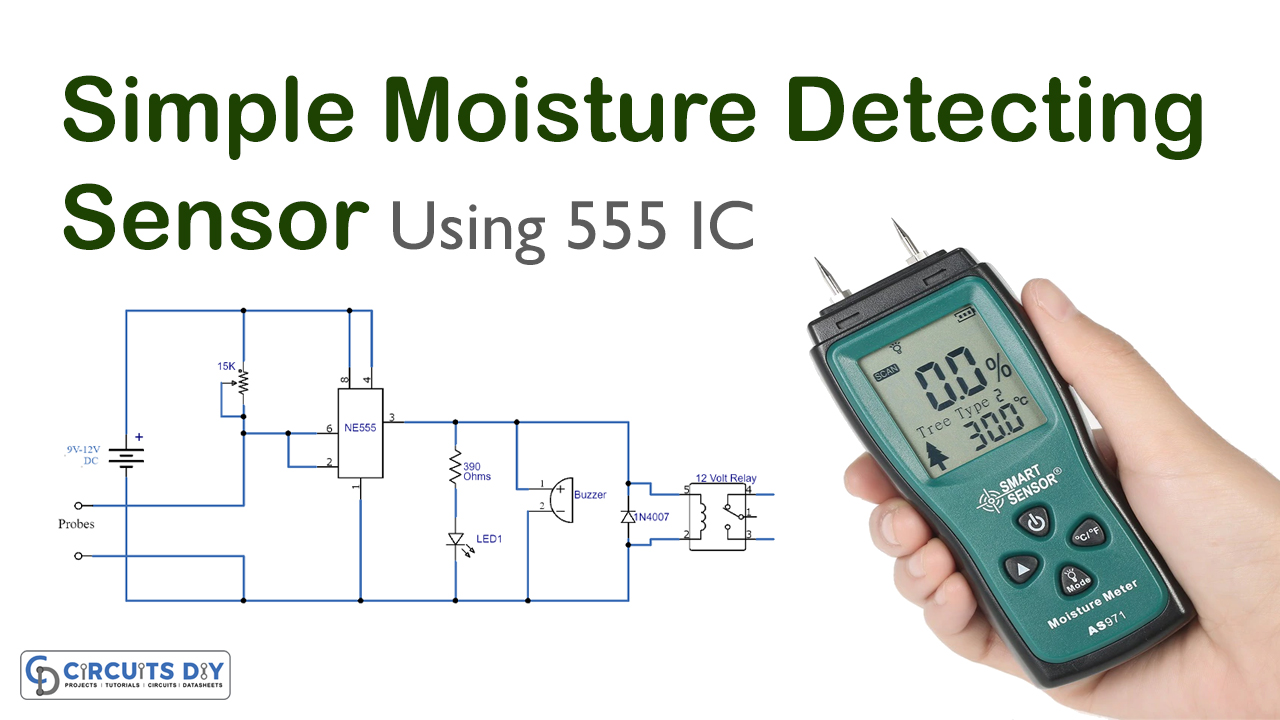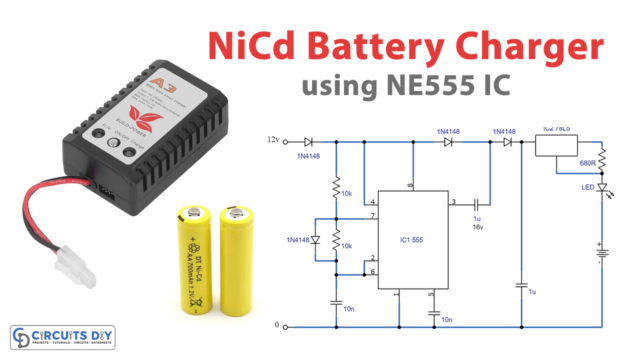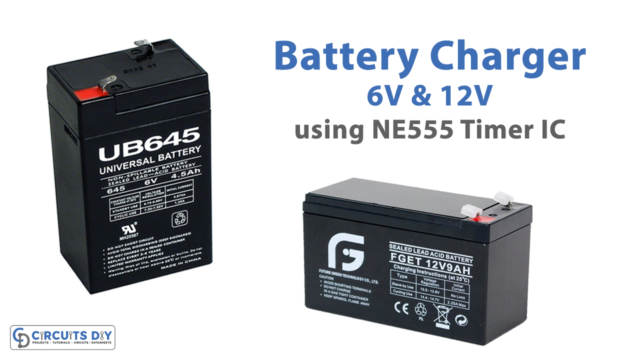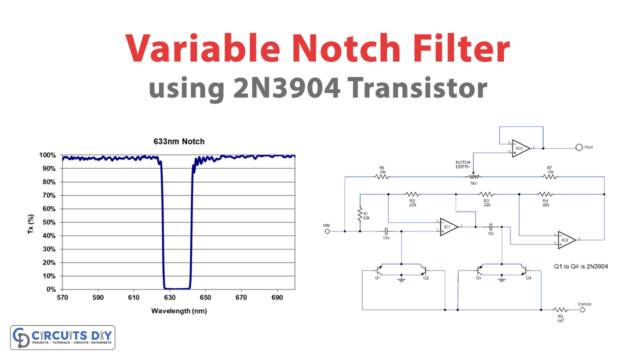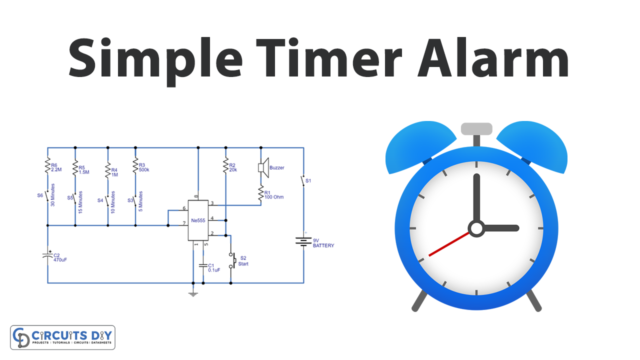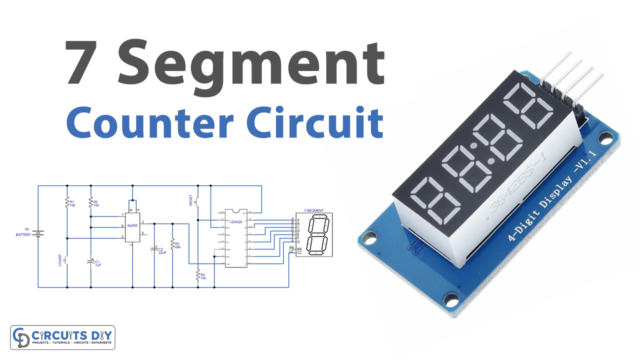In this tutorial, we are making a project of a Simple moisture sensor using 555 IC. This circuit will detect the moisture and activate a buzzer and an LED to notify you. It will also activate a relay and any AC/DC appliance connected with the relay will be operated or controlled with this circuit.
The circuit is based on the 555 timer IC, this IC provides various functions like timer, pulse generation, delays, and oscillations. It has three modes of operations, astable, monostable, and bistable multivibrator. In this circuit, it is working as a bistable multivibrator.

Hardware Components
The following components are required to make Moisture Sensor Circuit
| S.no | Component | Value | Qty |
|---|---|---|---|
| 1. | Input Supply DC | 9-12V | 1 |
| 2. | Probes | – | 2 |
| 3. | Resistor | 390Ω | 1 |
| 4. | Variable Resistor | 15KΩ | 1 |
| 5. | IC | NE555 Timer | 1 |
| 6. | LED | – | 1 |
| 7. | Piezo buzzer | – | 1 |
| 8. | Relay | – | 1 |
| 9. | Diode | 1N4007 | 1 |
NE555 IC Pinout

For a detailed description of pinout, dimension features, and specifications download the datasheet of 555 Timer
Moisture Sensor Circuit

Working Explanation
The operating voltage of this circuit is 9 to 12 volts DC. The probes are used here as a sensor for moisture, place these probes inside the soil. A level of moisture is preset by a 15K variable resistor. So when the moisture will be less than that preset level the probes will detect it and send a signal to the 555 timer IC. The IC will generate a high signal at its output pin that will activate the LED, buzzer, and relay switch. Any AC/DC equipment or appliance can be connected with the relay switch but it’s important to first check how much ampere the relay switch can handle which is written on the relay, then choose the equipment accordingly and connect it. In this way, the equipment will consume the current under the value and your circuit will work perfectly.
You can use this circuit to sense moisture content in various things and for that, the circuit will require a little modification. To modify it you have to experiment with different values of variable resistors in the place of 15K to change the sensitivity of the circuit according to the things in which moisture is to be sensed.

